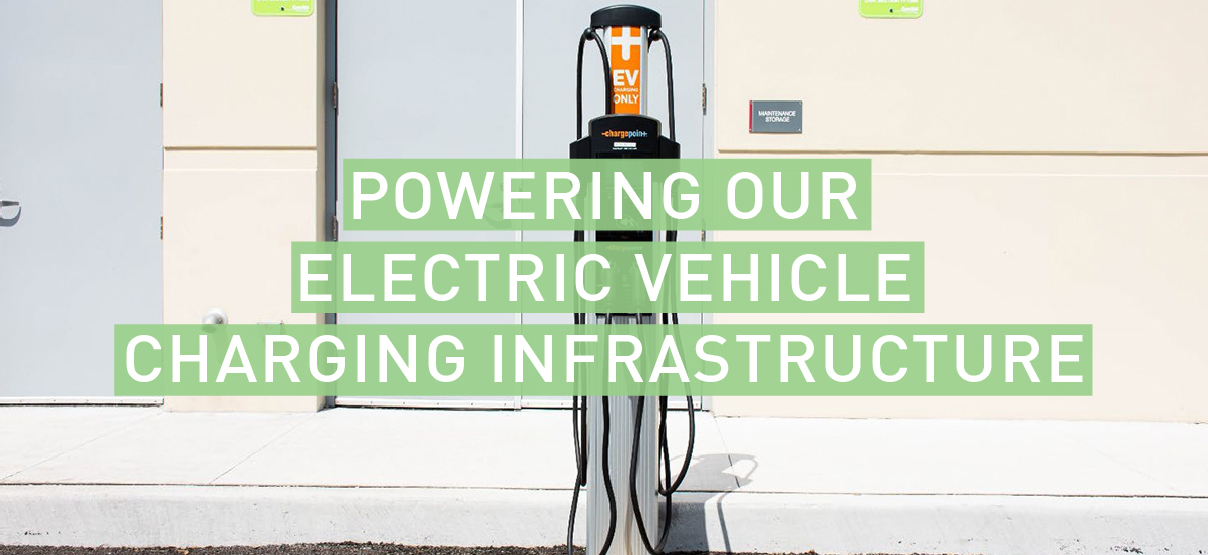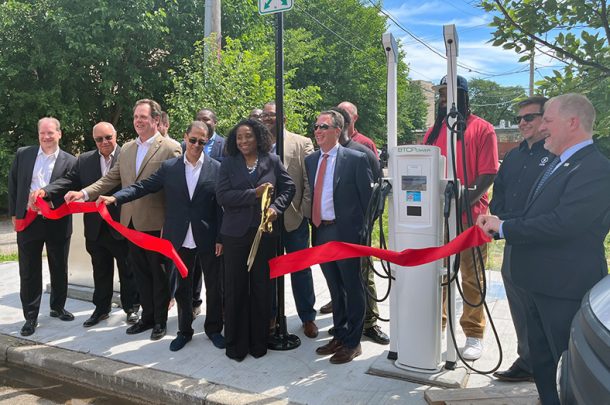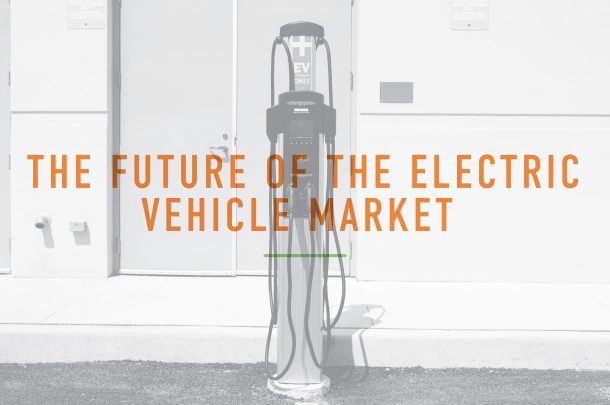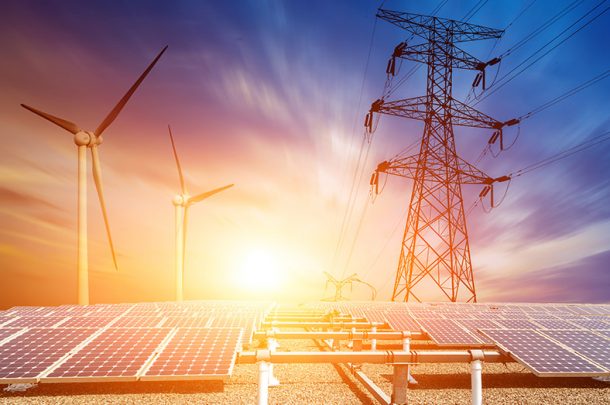
Electric Vehicles (EVs) are becoming increasingly popular as consumers look for more sustainable transportation options. While EVs offer many benefits including lower operating costs and reduced emissions, the overarching obstacle to overcome is the widespread adoption of available charging infrastructure. With National Electric Vehicle Infrastructure (NEVI) Formula Program deployment state plans already approved by the Federal Highway Administration (FHA), implementation on state and federal levels will begin rolling out to support the growing demand for electric vehicles within common households and retail industry fleets.
To begin, let’s look at the current landscape of EV charging stations in the United States. According to the Department of Energy’s Alternative Fuels Data Center, as of December 2021, there are more than 53,000 EV charging stations and over 144,000 individual charging outlets located across the country. These charging stations are found in a variety of locations, including homes, workplaces, and public locations such as malls, parking garages, and rest stops.

EV sales are beginning to increase exponentially in the U.S. (Figure 1). To address the rise in EVs on the roads, robust networks of charging stations must be built or enhanced along alternative fuel corridors at a minimum of 50 miles apart. Additional requirements proposed by the FHA in Docket No. FHWA-2022-008 include the number and type of chargers at a station, contactless payment, wattage, access for people with disabilities, physical security like charger locks, cybersecurity, and more conditions to follow. To advance the charging station infrastructure even further there will be the fastest type of charging, level 3, charging stations at each stop with a direct-current charging speed of approximately 3 to 66 miles per minute. These charging stations are compared to the more common level 2 charging stations with an approximate charging speed of 0.4 miles per minute. Every charging station location must also have charging ports with an average annual uptime greater than 97%. This ensures consumers will have the availability to charge vehicles at any time. The technology and requirements of charging stations are constantly changing, but advancements toward sustainable charging infrastructure are being deployed one volt at a time.
As the U.S. takes on the growth of EV adoption, initiatives and policies for finance, operations, and governance have been implemented at the state and federal levels to successfully execute deployment plans. State Department of Transportations are encouraging cities and counties to install charging stations through financial incentives, such as grants and tax credits. Some states are seeking procurement services for construction, program management, and maintenance through competitive bidding processes. Primera Engineers has the project management, data governance, and business analysis experience and expertise to provide a smooth transition for states and counties looking to implement their deployment plans from the planning stages to post-deployment oversight and maintenance.
Improving the national charging infrastructure is supporting the future of transportation as we all know. Primera Engineers is certainly committed to supporting a more sustainable future of transportation for EVs. Before you know it, more families will be road tripping across the country’s alternative fuel corridors, the quality of the air we breathe will be higher from reduced carbon emissions, and nobody will complain about increasing gas prices! Are you committed to the future?
For information on how Primera can help with your EV infrastructure project, please contact Hayden Oser at hoser@primeraeng.com.
References:
Cyber Switching. (2022). Electric Car Charging Guide for Beginners: Everything You Need to Know. photograph. Retrieved January 3, 2023, from https://cyberswitching.com/electric-car-charger-guide/.
Energy Vehicle Technologies Office, Transportation Energy Data Book. Table 6.02 (n.d.). Oak Ridge National Laboratory. Retrieved December 22, 2022, from Transportation Energy Data Book: Edition 40 (ornl.gov)
Federal Highway Administration. (2022, June 22). National Electric Vehicle Infrastructure Formula Program: Docket No. FHWA-2022-0008. United States; U.S. Department of Transportation.
U.S. Department of Energy. (n.d.). Developing Infrastructure to Charge Electric Vehicles. Alternative Fuels Data Center: Developing Infrastructure to Charge Electric Vehicles. Retrieved December 22, 2022, from https://afdc.energy.gov/fuels/electricity_infrastructure.html
U.S. Department of Energy. (n.d.). Alternative Fueling Station Locator. Alternative Fuels Data Center: Alternative Fueling Station Locator. Retrieved December 21, 2022, from https://afdc.energy.gov/stations/#/analyze?country=US&fuel=ELEC&ev_levels=all&access=public&access=private







 ComEd Opens First Public Use EV Charging Station
ComEd Opens First Public Use EV Charging Station 







